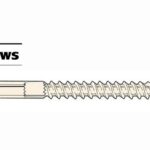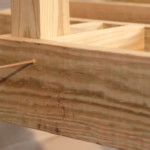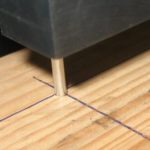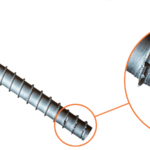Experiential learning — has it happened to you? Certainly it has, because experiential learning is learning derived from experience. It happens in everyday life, in engineering and in product development, too. For example, experience has taught us that after a product is launched, our customers will find applications for the product that were never expected or listed in the product brief. Also, experience has shown us that larger fasteners tend to be placed in applications that have greater structural and safety demands.
When the larger Deck-Drive™ DWP screws were manufactured, we decided that they should be marketed as “load-rated” screws because they were big enough to support physically large parts and would be expected to provide structural load resistance.
So what is a “load-rated” screw? To Simpson Strong-Tie, a load-rated screw is a threaded fastener that has controlled dimensions and physical properties, as well as validated connection properties. Load-rated fasteners are also subject to the same quality inspection that would occur if they were undergoing an evaluation report.
The products in the focus of this blog are Deck-Drive DWP Wood stainless-steel tapping screws. They are made from stainless steel (Types 305 and 316) and are particularly interesting because they have a box thread design feature.
What is a box thread and what are its benefits?
A box thread is a thread that is square rather than round. It is formed by rolling (not a trivial tooling challenge) like a standard thread. The box thread is preferred for some applications in part because of the low torque required to install the screw; that is, the installation demand is low relative to standard threads of the same pitch (number of threads per inch). You can easily see the box thread by looking from the point of the screw toward the head. The square corners of the box thread rotate at a defined angle, giving the threaded length a twisted appearance. The box thread is also used on the Timber-Hex SS screws. See Figure 1 for an illustration.
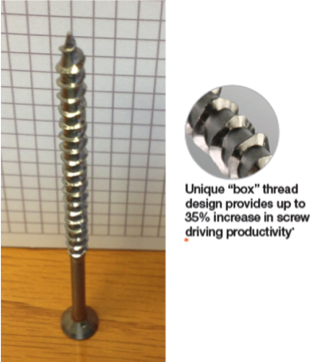
How do we load rate a fastener?
When we load rate a fastener, ICC-ES AC233 (Acceptance Criteria for Alternate Dowel-type Threaded Fasteners, 2015) is the guiding document. Essentially, we do everything that would be done if the product was going into an evaluation report. The testing uses representative products and is witnessed by a third party, and every test report is reviewed and stamped by a professional engineer. The DWP screws that are fully load rated are No. 12 and No. 14 that are three to six inches long. This means that we have evaluated by test the shear and tensile strengths, bending yield strength, head pull-through resistance, withdrawal resistance and certain logical lateral shear configurations of these models. The connection properties are developed in at least three species combinations of wood representing a range of specific gravities. Each cell in the connection load matrix is a reference allowable value based on a mean of at least 15 tests that is subject to a precision of five percent at a 75-percent confidence level. Table 1 below is snipped from the prepublication spreadsheets.
While we were working on the No. 12 and No. 14 screws, we also realized that No. 10 DWP screws often require withdrawal loads because they are used in decks and docks to fasten the decking to the structural frame. You can see in Table 1 that the withdrawal loads were included for No. 10 DWP screws and the related properties, because uplift resistance is often engineered for those applications.
What is the test method for each property in the load table?
See Table 2 for the test method used for each property and the related data for that property. The reference allowable shear loads shown in Table 1 represent more than 1,200 individual tests, and each test includes wood specific gravity, moisture content and continuous load-displacement data from start of test to past ultimate load.
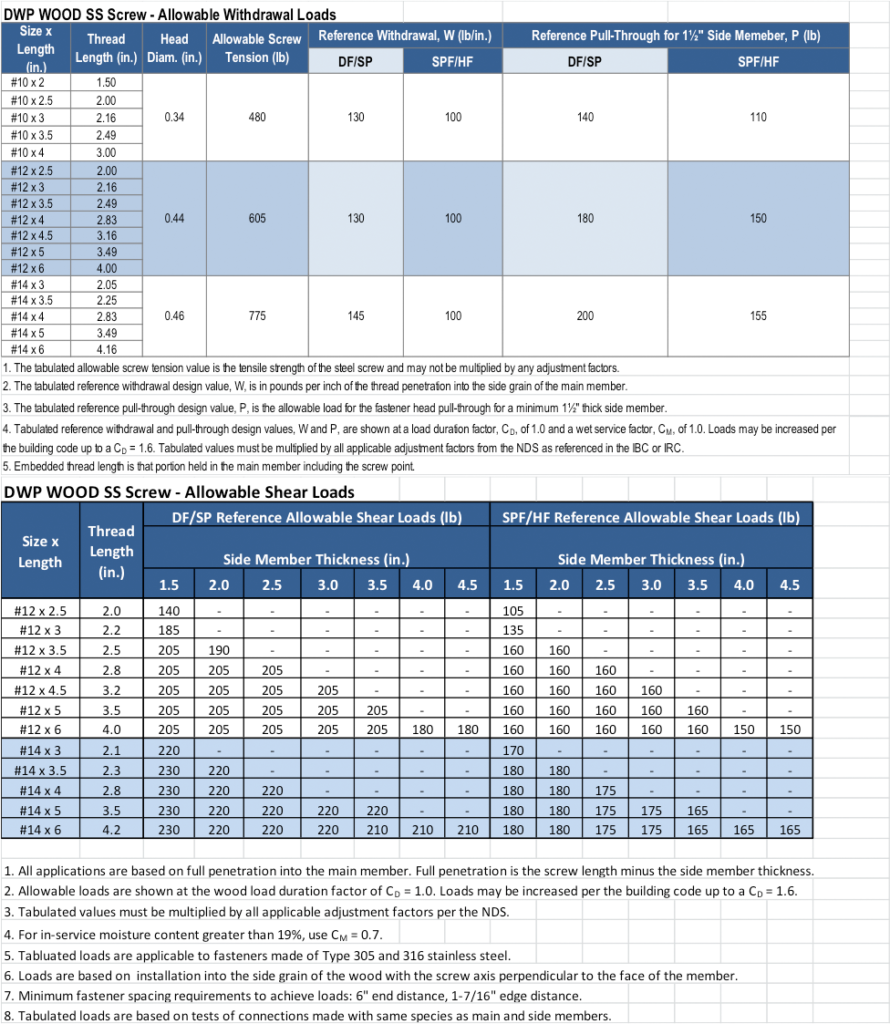
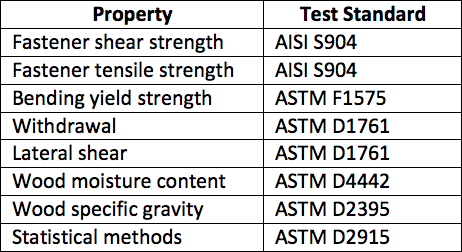
Load rating screws is a big job, and it creates an elevated continuous quality-monitoring obligation. However, our experience has taught us that the engineering community needs information and reference properties that can be relied on when specifying, and thus working with load-rated screws makes it possible to put your stamp on a design with confidence.
We look forward to hearing from you about load-rated fasteners, because we learn from you every time you contact us.


